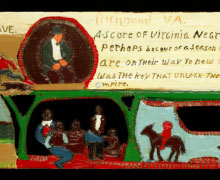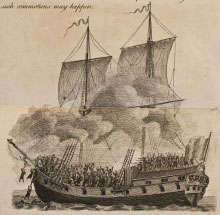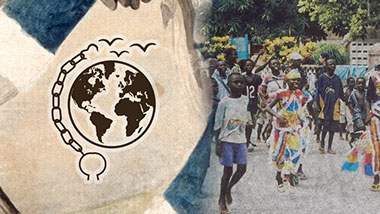
Slavery and Remembrance
The History and Memory of Slavery

Slavery and Remembrance is a jointly sponsored initiative between UNESCO's Slave Route Project and The Colonial Williamsburg Foundation that engages the public as well as experts with issues relating to slavery, slave trade, and ways in which both are remembered today throughout the Atlantic world. More than fifty museums, historical sites, and institutions in Europe, Africa, and the Americas have joined the project thus far.
Launched in December 2014, Slavery and Remembrance offers a freely accessible, multilingual website focused on museums and sites of memory related to slavery and slave trade for the benefit of the general public, students, scholars, and museum and cultural heritage professionals.

A Global Legacy
Slavery profoundly shaped the histories of Europe, Africa, and the Americas, and its legacies continue to affect our world today. From 1500 to 1820, nearly 80 percent of all who left for the Americas were Africans, at least 15 percent of whom died during a horrific Middle Passage. For 366 years, transatlantic slave traders oversaw the forced movement of more than 12 million individuals from African ports to New World destinations.
Using information supplied by partnering organizations, the Slavery and Remembrance website tells the story of the creation and evolution of the transatlantic slave trade, slavery, and their legacies through a diverse collection of objects, museum exhibits, and historical sites.
Acknowledgments
Slavery and Remembrance is made possible through the generous support of the National Endowment for the Humanities.


